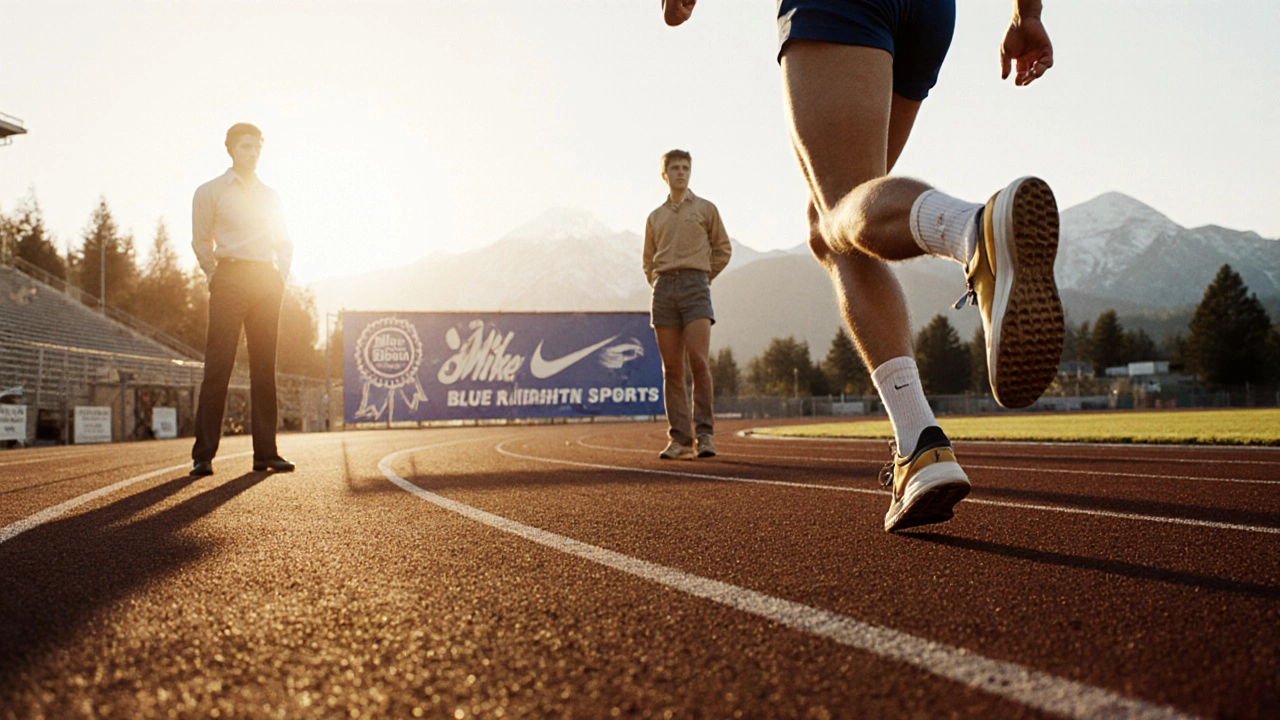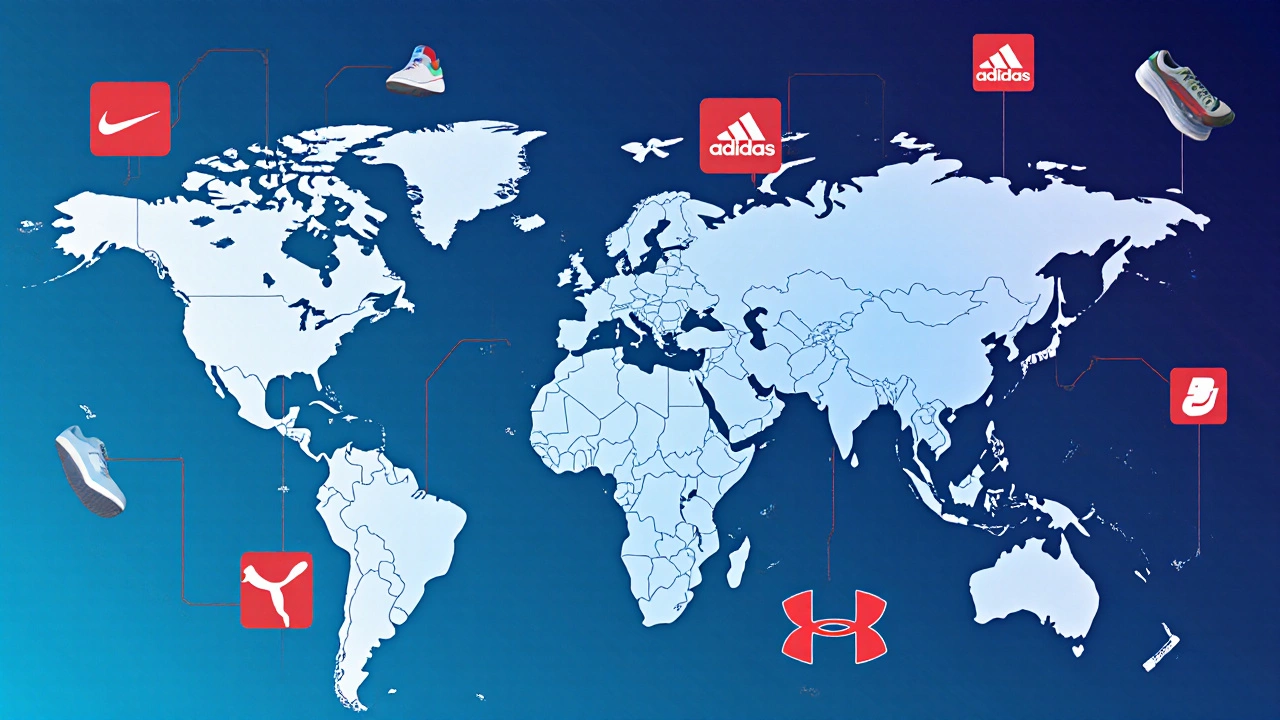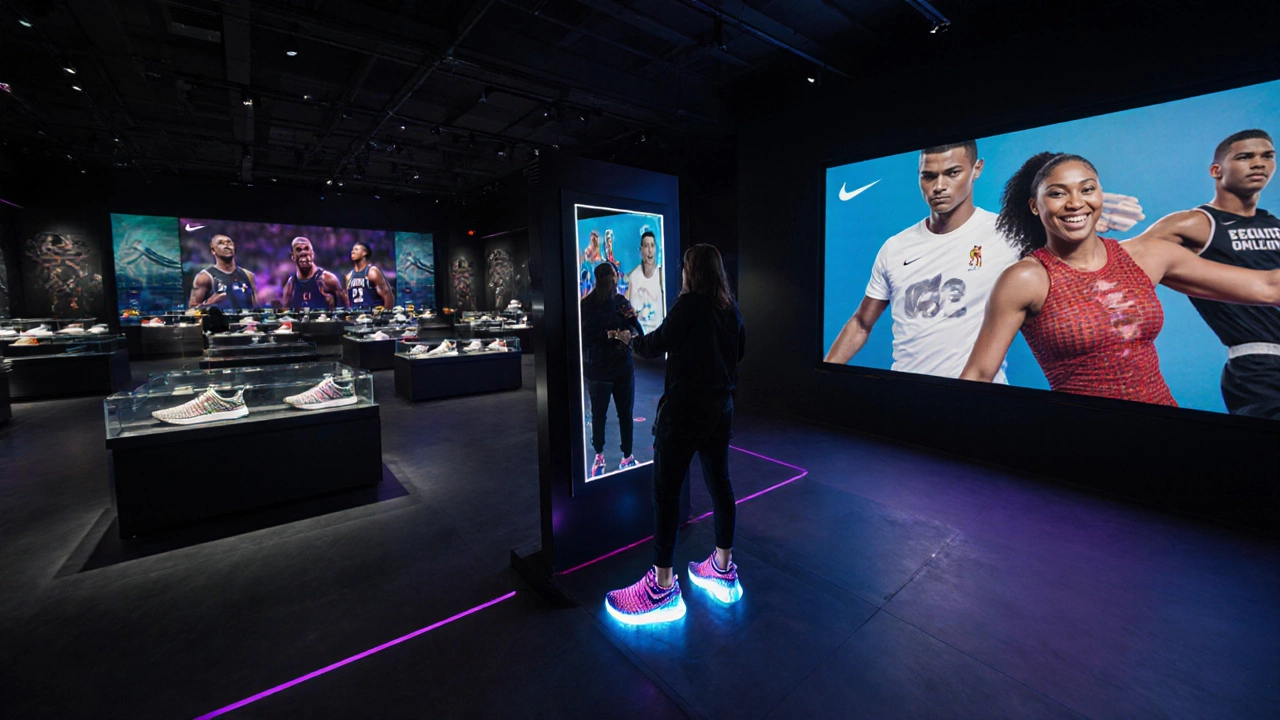Who Is the Biggest Sports Equipment Company in the World?
 Oct, 13 2025
Oct, 13 2025
Sports Equipment Market Share Calculator
Calculate Revenue Distribution
Enter the total global sports equipment market value (in billions) to see how revenue is distributed among top companies based on 2024 data.
Revenue Distribution
| Company | Market Share | Revenue ($B) |
|---|---|---|
| Nike | 25.6% | |
| Adidas | 12.4% | |
| Puma | 3.7% | |
| Under Armour | 2.8% | |
| Decathlon | 6.3% |
When you hear people talk about the biggest sports equipment company, the name that usually pops up is Nike, a global powerhouse that sells everything from sneakers to high‑tech training gear. But why does Nike hold the top spot, and who are the other big players you should know about? This guide breaks down the numbers, the history, and the market forces that keep Nike ahead of the pack.
How Nike Climbed to the Top
Nike started in 1964 as Blue Ribbon Sports before rebranding in 1971. The company’s first breakthrough came with the waffle‑sol sole, a design that gave runners better traction. From there, Nike invested heavily in athlete endorsements - think MichaelJordan, SerenaWilliams, and CristianoRonaldo - turning gear into status symbols.
Two strategic moves cemented Nike’s dominance:
- Vertical integration: Nike controls design, manufacturing, and distribution, allowing rapid product cycles.
- Data‑driven innovation: Platforms like Nike Fit use AI to personalize sizing, while the Flyknit material reduces waste and improves performance.
These tactics delivered a 2024 global revenue of $51.2billion, a 9% jump from the prior year, according to the company’s annual report.
2024 Revenue Snapshot - Who’s Leading the Numbers?
The sports equipment market topped $200billion in 2024, and a handful of brands command most of the pie. Below are the latest figures for the top five manufacturers.
| Company | 2024 Revenue | Key Product Segments | Market Share % |
|---|---|---|---|
| Nike | 51.2 | Footwear, Apparel, Digital Training | 25.6 |
| Adidas | 24.7 | Footwear, Sportswear, Equipment | 12.4 |
| Puma | 7.3 | Footwear, Apparel, Lifestyle | 3.7 |
| Under Armour | 5.6 | Performance Apparel, Footwear | 2.8 |
| Decathlon | 12.5 | Multi‑sport Gear, Private‑label Equipment | 6.3 |
Even though Decathlon’s total revenue is solid, Nike’s focus on high‑margin footwear and digital services pushes its market share far ahead.

What Sets Nike Apart From Its Rivals
While Adidas, Puma, and Under Armour compete fiercely, Nike wins on three fronts:
- Brand equity: A 2023 Nielsen survey gave Nike a brand value of $44billion, dwarfing Adidas’s $15billion.
- Innovation pipeline: In 2024, the company filed 1,245 patents for sport‑tech, compared with Adidas’s 680.
- Omni‑channel reach: Nike’s direct‑to‑consumer (DTC) sales hit 36% of total revenue, while most competitors still rely on wholesale partners.
These advantages translate into higher profit margins - Nike posted a 12.8% net margin versus Adidas’s 7.5%.
Regional Strengths - Where Nike Dominates the Globe
Geography matters. In North America, Nike captured 34% of the athletic‑footwear market, largely thanks to its strong sneaker culture. Europe follows with a 22% share, driven by soccer‑inspired lifestyle lines. In Asia‑Pacific, Nike’s growth rate outpaced the market at 13% YoY, propelled by China’s “New Retail” strategy that blends online ordering with in‑store pickup.
Meanwhile, Decathlon leads the European DIY‑sport segment with its own house brands, but it still lags behind Nike’s premium positioning.

Spotlight on the Other Major Players
Adidas focuses on soccer, running, and lifestyle apparel. Its “Creators Club” loyalty program has over 30million members, but the brand’s margins are tighter because it relies heavily on third‑party retailers.
Puma leverages fashion collaborations (think Rihanna, Balmain) to stay relevant, yet its core sports‑equipment line remains small.
Under Armour carved a niche in performance‑compression wear and smart‑connected shoes, but recent supply‑chain hiccups have dented growth.
Decathlon differentiates by offering affordable, private‑label gear across 70 sports. Its in‑house brands like Kalenji (running) and Tribord (water sports) give consumers a one‑stop shop, especially in Europe.
Wilson Sporting Goods dominates North American ball sports - baseball, tennis, and basketball - but its overall revenue sits under $5billion, far from Nike’s scale.
Head is a leader in skiing and badminton equipment, yet its niche focus keeps it out of the global top‑5 list.
New Balance enjoys a loyal running community and strong “Made in USA” branding, but its market share hovers around 2% worldwide.
How to Identify the Market Leader While Shopping
When you walk into a store or scroll online, these cues usually point to the biggest player:
- Large, flagship retail locations (Nike’s “House of Innovation” stores are a good example).
- Heavy investment in digital experiences - try the Nike app’s AR try‑on feature.
- Visible sponsorships of top athletes or major events (World Cup, Olympics).
- Pricing tiers that span entry‑level to premium - Nike offers a $60 running shoe and a $350 Flyknit elite model side by side.
If you see these signs, you’re likely dealing with the market’s biggest equipment brand.
Frequently Asked Questions
Which company generates the highest revenue from sports equipment?
Nike leads the world with $51.2billion in 2024 revenue, outpacing the next largest competitor, Adidas, by more than double.
Is Nike the biggest because of footwear alone?
Footwear is Nike’s biggest driver, but its digital services (Nike Training Club, Nike Run Club) and high‑margin apparel also contribute significantly to the total.
How does Decathlon compare to Nike?
Decathlon focuses on affordable, private‑label gear across many sports and reported $12.5billion in 2024 revenue. Nike’s premium branding and tech‑focused product lines make its revenue roughly four times larger.
Are there any emerging brands that could challenge Nike’s lead?
Brands like Allbirds (sustainable footwear) and Lululemon (athleisure) are growing fast, but they still operate in niche segments and lack the global distribution network Nike enjoys.
What should I look for if I want the newest sports tech?
Check for products featuring patented technologies - Nike’s Flyknit, Adidas’s Boost, and Under Armour’s HOVR cushioning are all examples of cutting‑edge materials that improve performance.